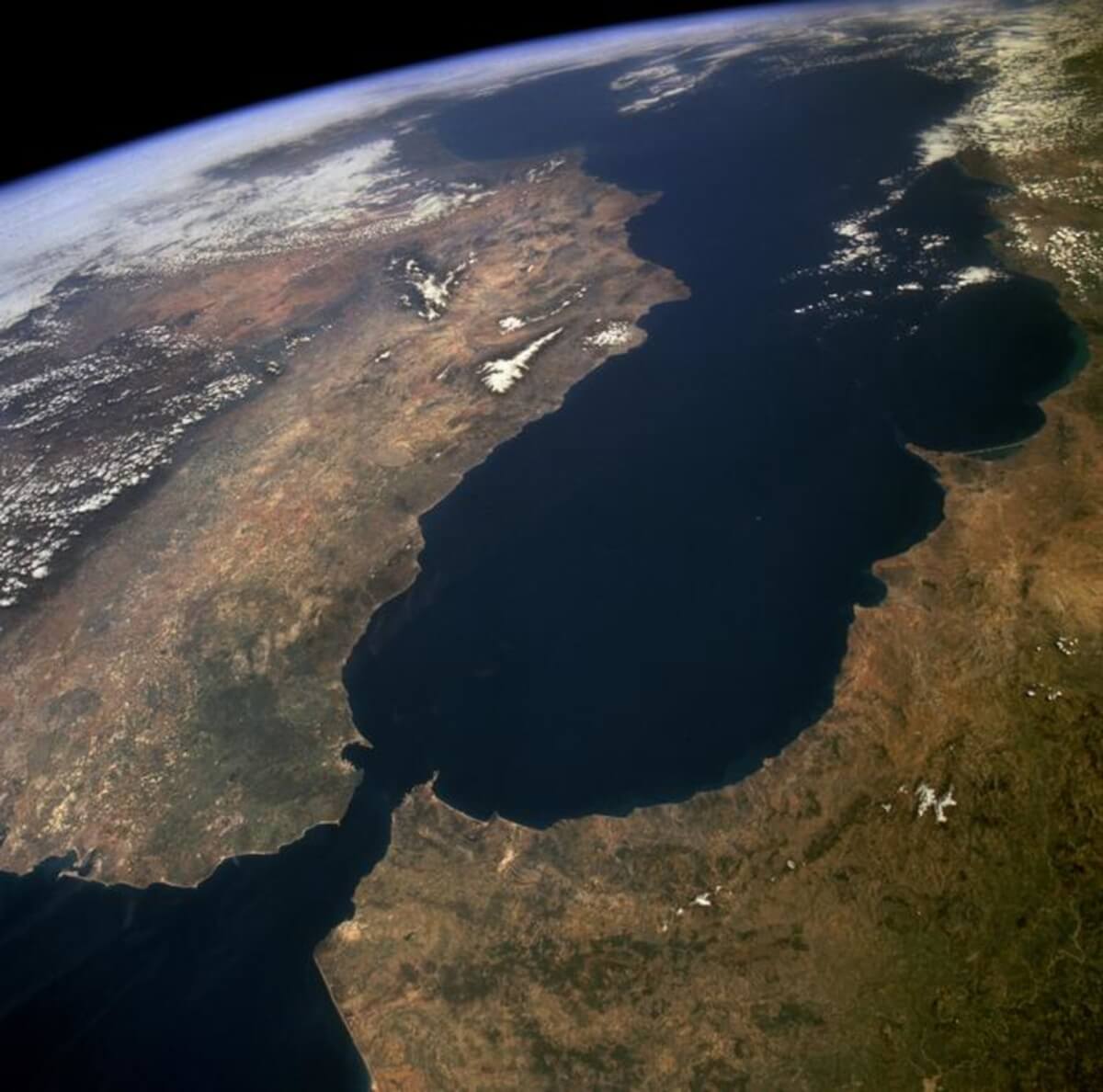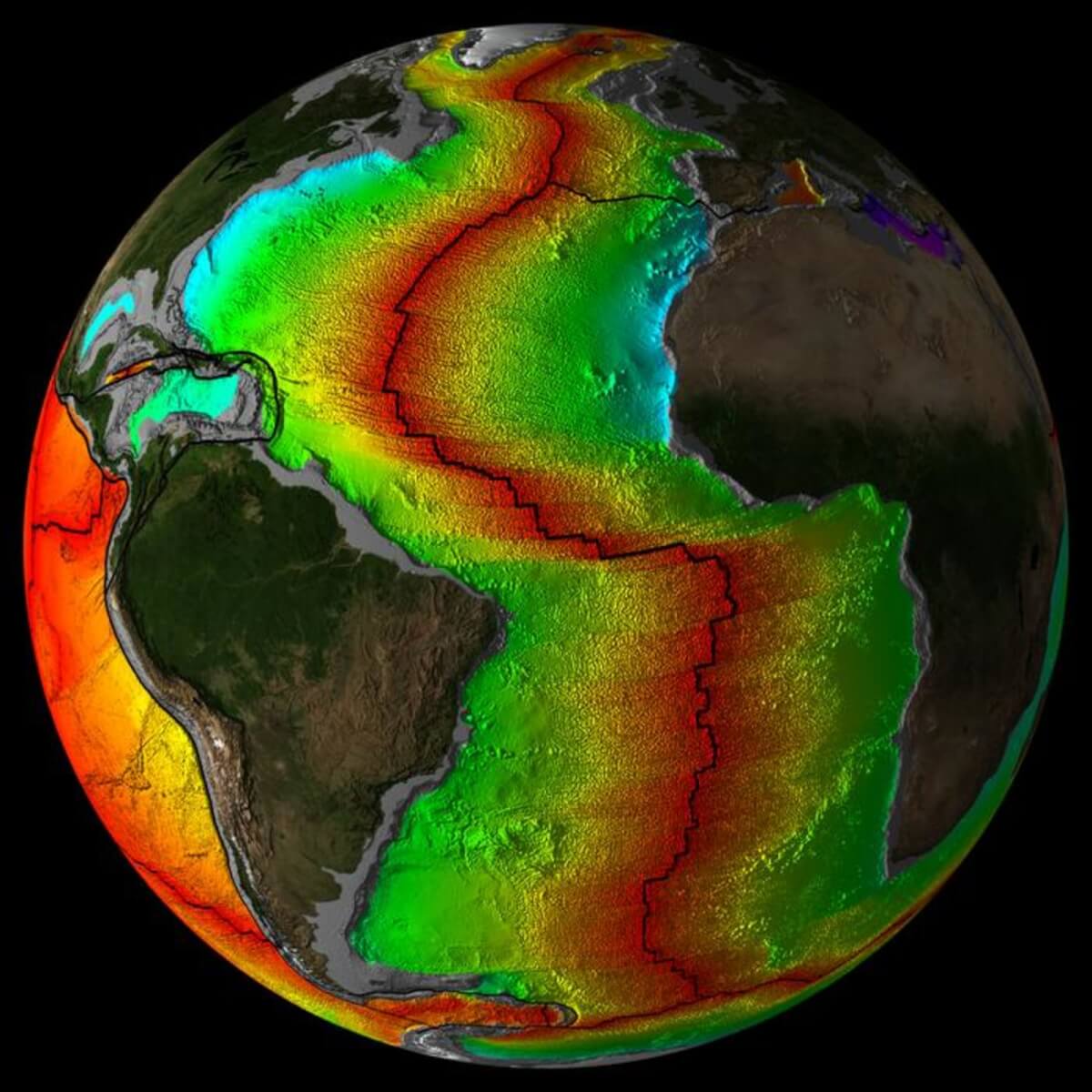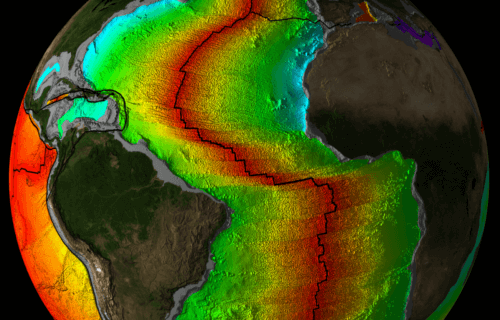LISBON — The Atlantic Ocean will be home to active volcanoes and earthquakes as it enters its declining phase. A seminal study utilizing advanced computational models has unveiled that the Atlantic is on the verge of a significant geological transformation. Portuguese researchers have predicted the emergence of an Atlantic Ring of Fire, akin to the Pacific’s infamous seismic belt, set to form in approximately 20 million years. This monumental shift will be initiated by the propagation of a subduction zone, currently situated beneath the Gibraltar Strait, further into the Atlantic.
Subduction zones, critical areas where one tectonic plate dips below another, are the birthplaces of some of the planet’s most violent seismic activity. Their formation and migration are central to the Wilson Cycle — a geological process encompassing the birth, growth, and eventual demise of oceans over hundreds of millions of years. The Atlantic Ocean, which originated from the breakup of the supercontinent Pangea around 180 million years ago, is predicted to eventually close, following the cycle that previously concluded the vast Tethys Ocean between Africa and Eurasia.

The concept of “subduction invasion” provides a key to understanding how new subduction zones can emerge in relatively undisturbed oceans like the Atlantic. This process suggests that subduction zones from shrinking oceans, such as the Mediterranean, can extend into adjacent, larger bodies of water. The study highlights the first detailed prediction of how the subduction zone beneath the Gibraltar Strait could extend into the Atlantic, contributing to the formation of a new ring of fire.
“Subduction invasion is inherently a three-dimensional process that requires advanced modeling tools and supercomputers that were not available a few years ago. We can now simulate the formation of the Gibraltar Arc with great detail and also how it may evolve in the deep future,” says study first author João Duarte, researcher at Instituto Dom Luiz at Faculty of Sciences of the University of Lisbon, in a media release.
Through sophisticated, gravity-driven 3D modeling, the team has not only detailed the formation of the Gibraltar Arc but also its potential future evolution.
This revelation sheds new light on the Gibraltar subduction zone, which some researchers previously thought to be inactive due to its reduced activity over the past million years. The study forecasts a slow phase lasting another 20 million years before the subduction zone accelerates its advance into the Atlantic, marking the beginning of the ocean’s gradual closure.
“There are two other subduction zones on the other side of the Atlantic — the Lesser Antilles, in the Caribbean, and the Scotia Arc, near Antarctica,” notes Duarte. “However, these subduction zones invaded the Atlantic several million years ago. Studying Gibraltar is an invaluable opportunity because it allows observing the process in its early stages when it is just happening.”

The study also points out that the Gibraltar subduction zone’s continued activity has significant implications for seismic risk in the region. Subduction zones are notorious for generating the strongest earthquakes, posing a continuous threat to surrounding areas. The historical 1755 Great Lisbon Earthquake serves as a stark reminder of the potential dangers associated with these geological features.
This collaborative research effort involved scientists from the Faculty of Sciences of the University of Lisbon and their counterparts at Johannes Gutenberg University Mainz in Germany. Together, they have provided a fascinating glimpse into the deep future of the Atlantic Ocean, highlighting the dynamic and ever-changing nature of our planet’s geological landscape.
The study is published in the journal Geology.
